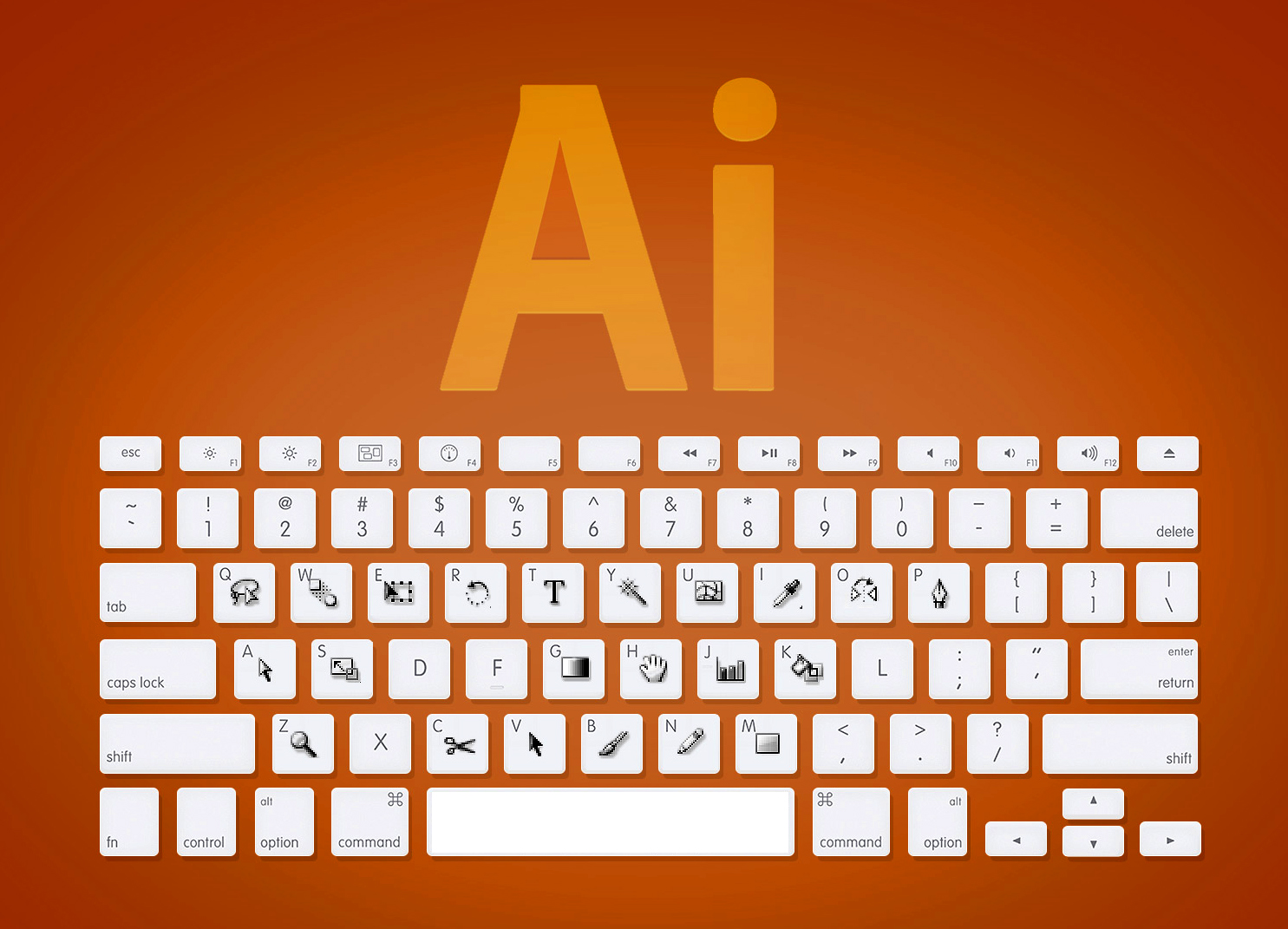
In this first artboard I'll come in and select all of the wires. Here in Adobe XD I'm gonna switch over to prototype mode and let's zoom on in a bit more tightly so that you can see what I've got going on. Let's look at how I went about adding these additional keyboard commands into the prototype. So if I type Command + N I can simulate that new email and then, just hittingĮscape on the keyboard, dismissing that new email window. I'll click the Up Arrow to advance back to where I had started and then type L to expand that left menu out one more time. From there I can hit the Down Arrow to advance to the second in third email. When I come to the keyboard now I can just come in and type the letter L to actually simulate hiding that left menu. I'm gonna go ahead and turn on a camera here, so you can see my In addition to the traditional trigger types, I've gone in and also added keyboard command combinations that I'd like to test. I can click to move back up again and once again click the menu to expand it back out. It's using Auto-Animate to transition to another artboard.įrom there I can click in the second and third email to simulate paging through those emails. So if, for example, I wanted to simulate closing out this left menu, I can click to close out the menu.


When I bring up the desktop preview, what you can see is I have all the usual ways to interact with the prototype.

I want to confirm some shortcut keys with customers and some usability studies before I sign off on the interface design. Let's take this desktop mail application for an example. With the latest version of Adobe XD, we're taking this power even further by enabling keyboard shortcuts and gamepad triggers to simulate native desktop applications and gaming consoles. XD can be used to simulate interactions with touchscreen kiosks or voice-enabled devices like an Amazon echo. One of the really exciting aspects of Adobe XD is its ability to prototype all sorts of user experiences in addition to websites and mobile applications.


 0 kommentar(er)
0 kommentar(er)
